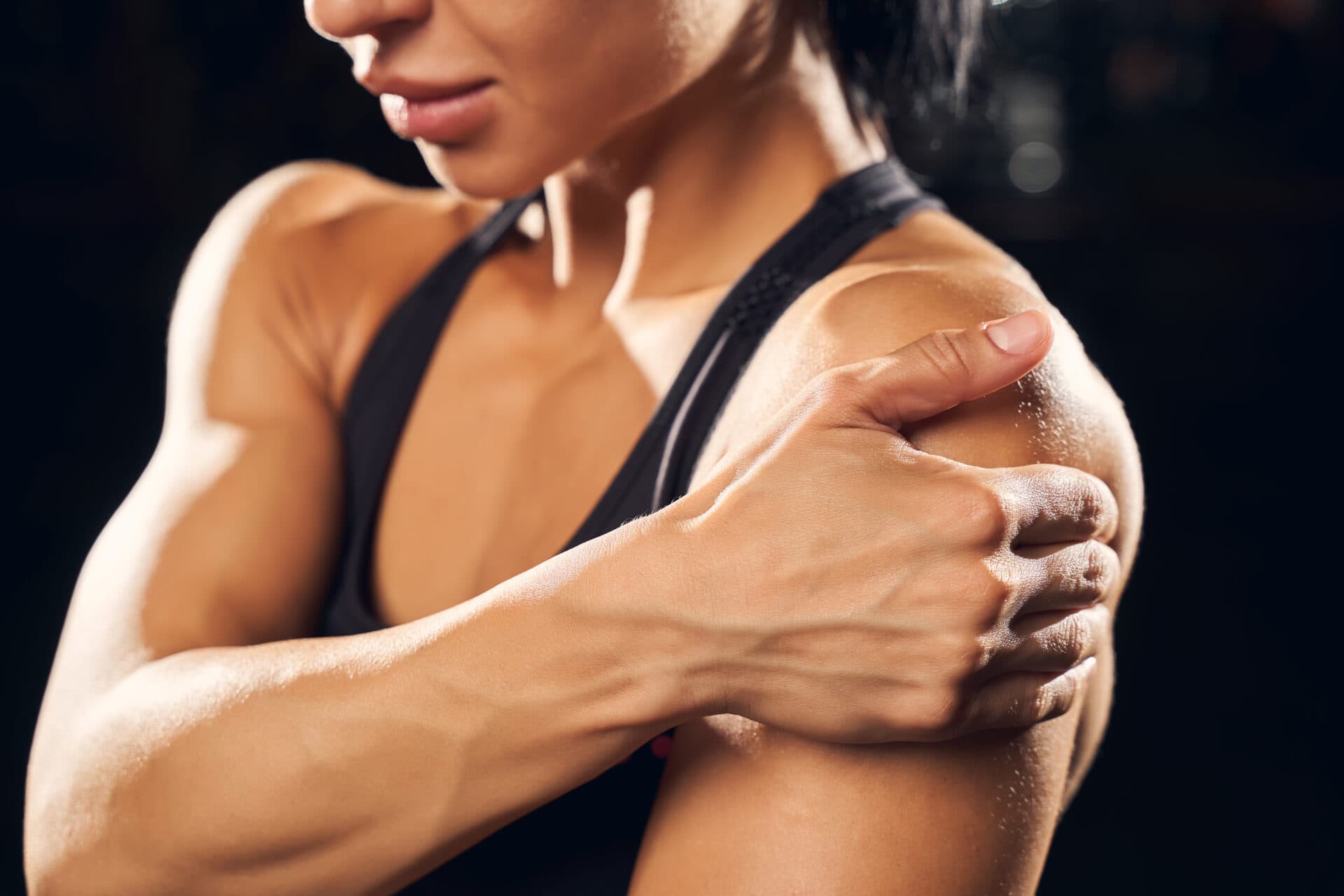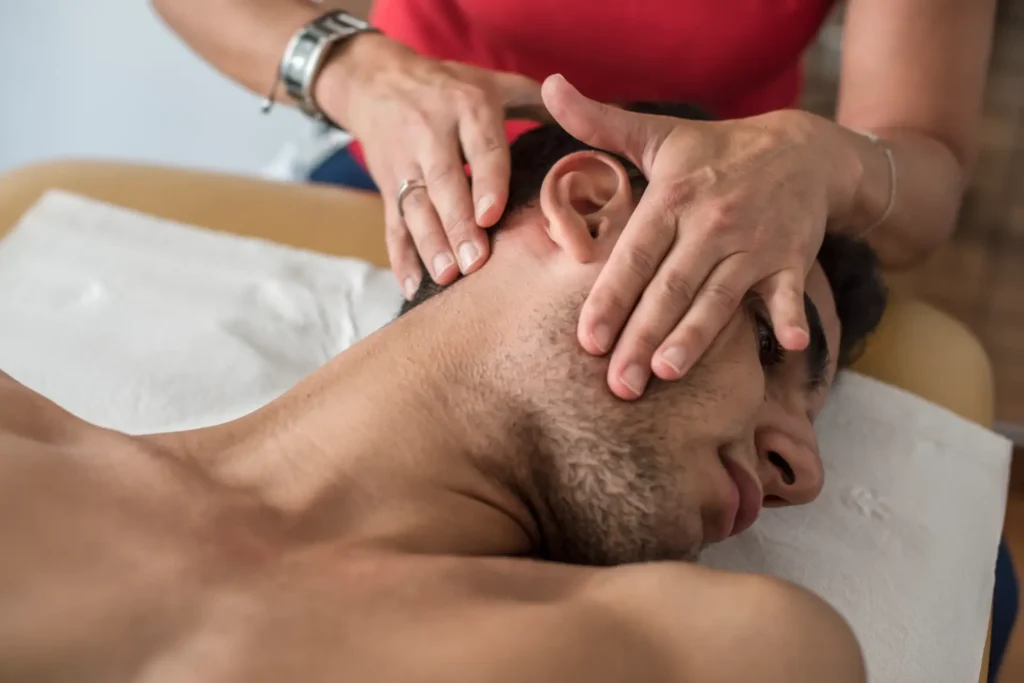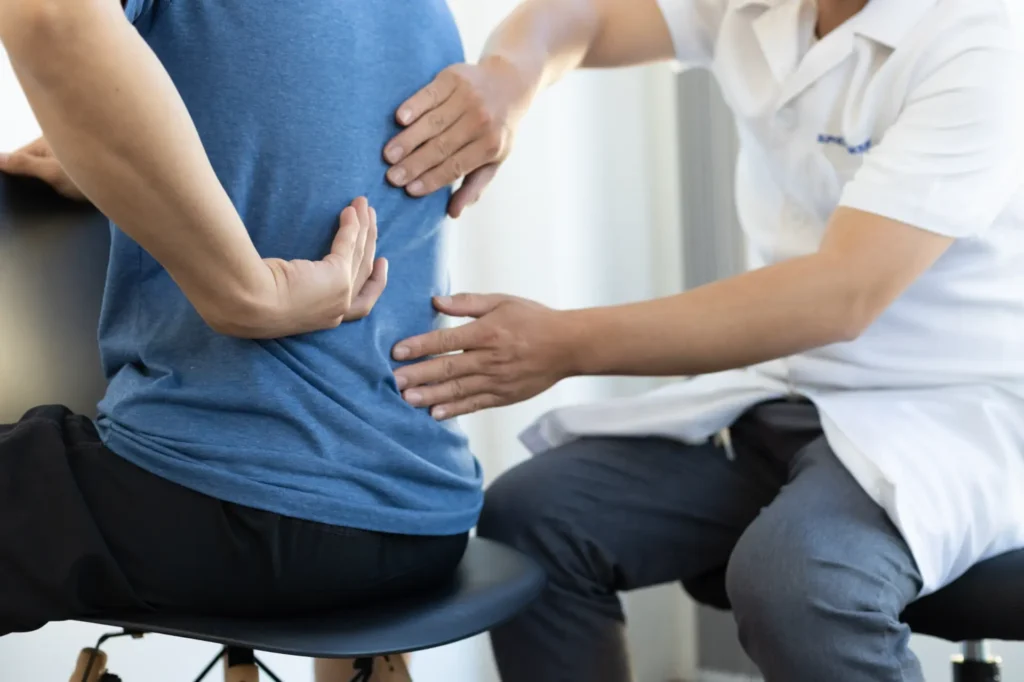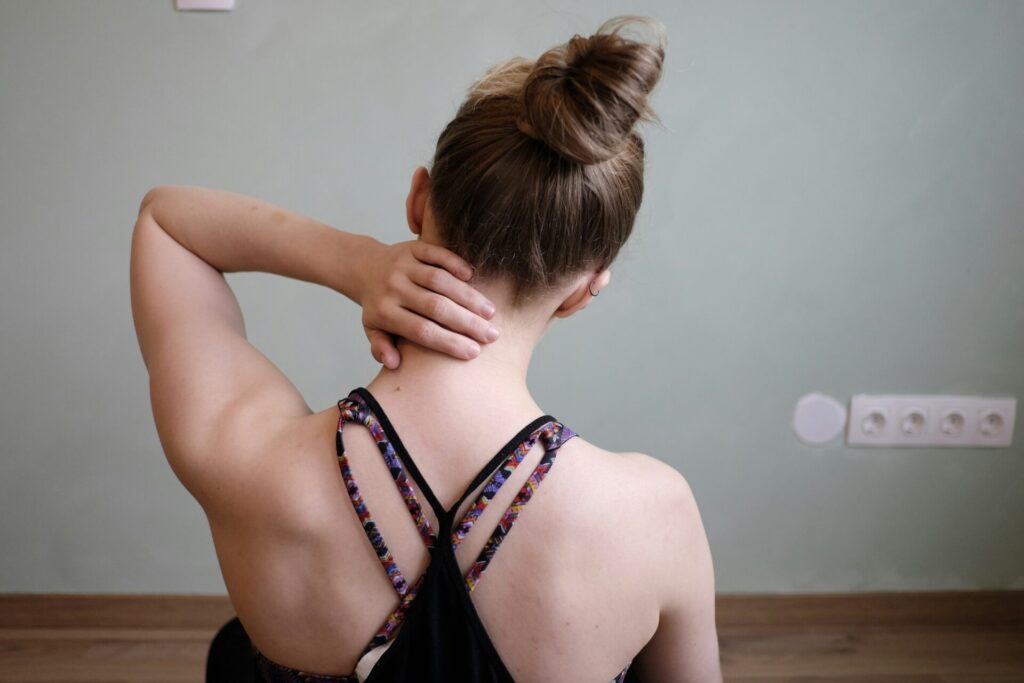Shoulder and clavicle injuries are prevalent among both athletes and the general population due to falls, sports, or even daily activities. Properly addressing these injuries is essential for restoring function, minimizing pain, and preventing chronic issues. Physical therapy, massage therapy, and acupuncture stand out as effective treatment modalities for these types of injuries.
The shoulder joint’s complexity and the clavicle’s structural importance make injuries in these areas particularly impactful. Treatment protocols must be as dynamic and multifaceted as the anatomy involved to ensure comprehensive rehabilitation and full range of motion restoration.
Causes of Shoulder Injuries
Shoulder injuries may stem from several factors:
-
- Trauma: Falls onto an outstretched hand, direct blows to the shoulder, or traumatic force from car accidents can lead to fractures, dislocations, and soft tissue injuries.
- Repetitive Strain: Athletes or workers engaging in repetitive overhead activities can develop overuse injuries like rotator cuff tendinitis or bursitis.
- Degenerative Conditions: Age-related wear and tear can lead to conditions such as osteoarthritis or degenerative rotator cuff tears.
- Instability: Some individuals may have a naturally loose shoulder joint, leading to subluxations or dislocations with minimal force.
- Poor Posture: Chronic poor posture, especially hunched shoulders, can lead to imbalances and strain on the shoulder structures.
Causes of Clavicle Injuries
Clavicle injuries are commonly due to:
-
- Falls: The most common cause of clavicle fractures is falling on the side of the shoulder or an outstretched arm, common in contact sports or cycling accidents.
- Birth Injury: Newborns can sustain clavicle fractures during a difficult delivery.
- Direct Impact: A direct hit to the clavicle from sports collisions or vehicle accidents can cause fractures.
Risk Factors
Certain factors increase the likelihood of sustaining these injuries:
-
- Engagement in Contact Sports: Sports like football, rugby, or hockey have a higher incidence of shoulder and clavicle injuries due to collisions and falls.
- High-Impact Activities: Activities such as gymnastics, rock climbing, or mountain biking carry higher risks due to the potential for falls.
- Occupational Hazards: Jobs requiring repetitive lifting or overhead work can increase the risk of overuse injuries.
- Age: Younger people are more prone to acute injuries due to sports and activities, while older adults may suffer from degenerative causes.
- Bone Health Issues: Conditions like osteoporosis weaken bones, making them more susceptible to fractures from minor falls.
Recognizing the various causes and risk factors for shoulder and clavicle injuries is integral to developing effective prevention strategies and treatment plans. Whether through protective equipment in sports, ergonomic adjustments at work, or exercises to strengthen and stabilize the shoulder complex, addressing these factors can lead to a reduction in injury incidence and severity. Should injuries occur, a tailored combination of physical therapy, massage therapy, and acupuncture can provide a comprehensive recovery pathway.
Physical Therapy: Regaining Strength and Stability
Physical therapy plays a pivotal role in the rehabilitation of shoulder and clavicle injuries:
-
- Initial Assessment and Immobilization: For acute injuries, particularly fractures, initial immobilization is crucial, followed by a careful assessment of the damage.
- Range of Motion Exercises: Early intervention with passive and then active exercises helps maintain joint mobility and prevent stiffness.
- Strength Building: Graduated strengthening exercises for the rotator cuff and surrounding muscles support joint stability and function.
- Functional Training: Simulating real-life activities or sport-specific movements ensures that recovery is relevant and practical, facilitating a return to pre-injury activities.
Massage Therapy: Promoting Healing and Flexibility
Massage therapy can significantly aid in the recovery process from shoulder and clavicle injuries:
-
- Soft Tissue Manipulation: Techniques such as effleurage and petrissage improve blood flow, reduce muscle tension, and facilitate the healing of soft tissue.
- Scar Tissue Management: For post-surgical patients, massage can help manage scar tissue, increasing flexibility and decreasing the likelihood of reinjury.
- Relaxation: Massage therapy can also reduce the overall stress on the body, which is especially important for maintaining a positive outlook during the often long recovery from shoulder and clavicle injuries.
Acupuncture: An Adjunct for Pain and Inflammation
Acupuncture serves as a complementary treatment to conventional therapies:
-
- Pain Reduction: It can reduce pain by stimulating nerves and affecting the pain pathways.
- Inflammation Control: Acupuncture may help control inflammation, a vital aspect of the healing process, particularly in the acute phase of injury.
- Holistic Recovery: By considering the entire body, acupuncture can address compensatory issues that may arise from altered movement patterns due to injury.
Combining these non-invasive treatments can lead to a more effective recovery. It’s crucial for individuals to work closely with their healthcare team to tailor a recovery plan specific to their needs, taking into account the type and severity of the injury.
Recovery from shoulder and clavicle injuries requires time, patience, and a multi-disciplinary approach. With the guidance of skilled professionals in physical therapy, massage therapy, and acupuncture, patients can not only achieve recovery but also learn strategies to prevent future injuries. Embracing a holistic approach to rehabilitation can lead to optimal outcomes and a faster return to daily activities or athletic performance.
Call Prestige Health and Wellness and book your appointment right now.
Sources:




